-
Windows
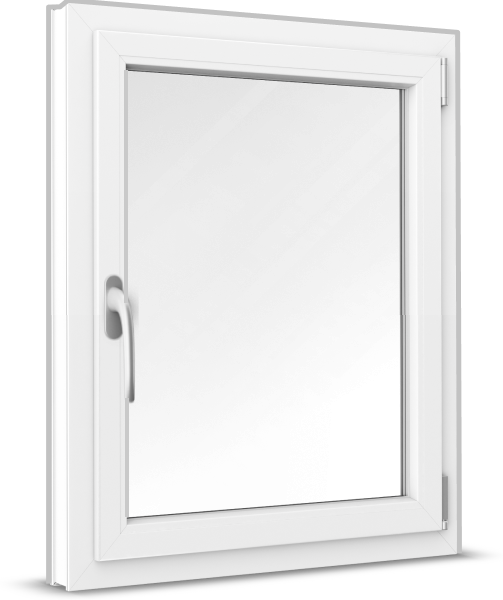 Windows
Windows
-
French Doors
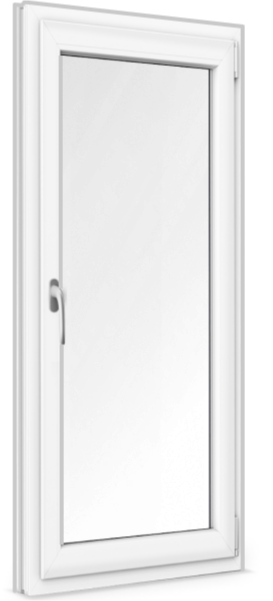 French Doors
French Doors
-
Patio Doors
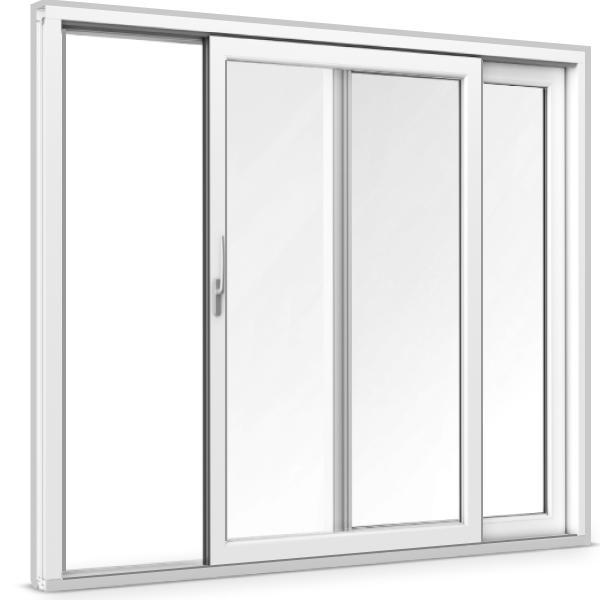 Patio Doors
Patio Doors
-
Front Doors
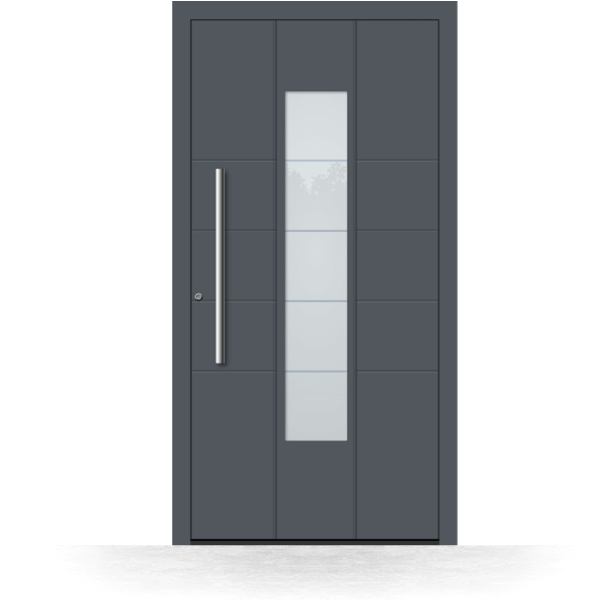 Front Doors
Front Doors
-
Roller Shutters
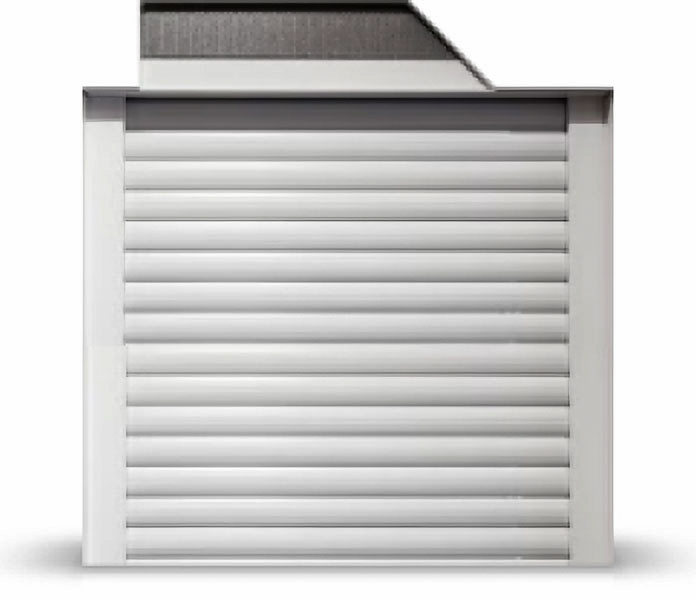 Roller Shutters
Roller Shutters
-
Window Sills
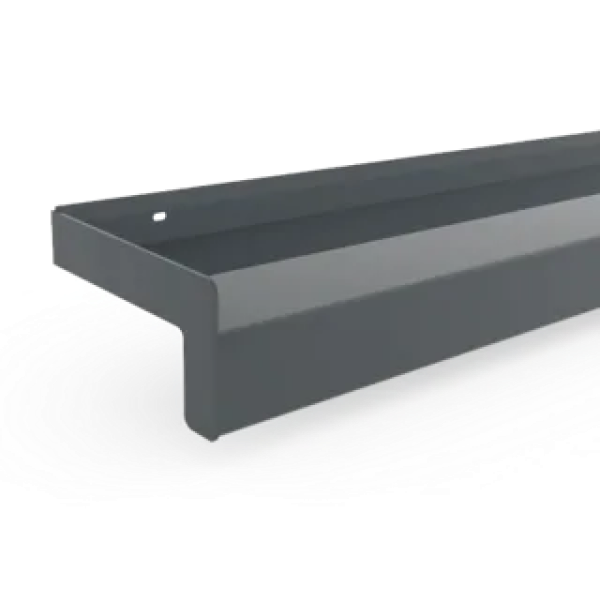 Window Sills
Window Sills
Sign in
Contact us

Until the end of the 1990s, traditional glass was typically used in windows and doors instead of thermal insulation glass. This meant that residents were constantly wasting both energy and money. In order to maximize insulation, heat gain and ensure the most efficient windows possible, homes and buildings today should install modern glazing technology. Despite slightly higher costs compared to standard, replacement windows begin saving you money immediately and eventually pay for themselves. Inefficient windows never stop costing you money.
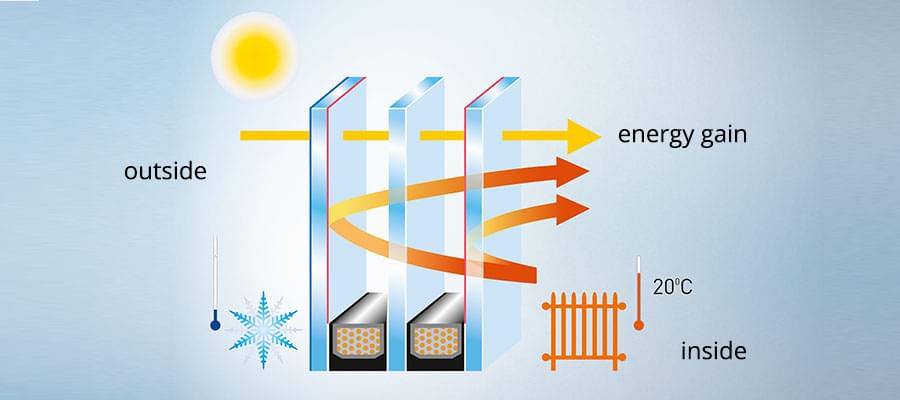
Insulating glass units describe a system of multiple glass panes, separated by spacer material with low conductivity and having sealed air spaces in between each pane.
Due to the higher surface temperature and improved sealing, inside air does not cool down near the window. The overall interior temperature remains more consistent and thus comfortable. With less change throughout the day, less climate control is required. No more heating in the morning and cooling in the afternoon.
The special feature of thermal insulation glass isn't just the glass itself or even the thickness, but rather the special coating on the front (exterior) side of the pane which helps keep solar heat inside and prevent the inflow of cold air.
Warm surfaces are usually cooled by the surrounding air and by letting off heat themselves. In order to combine the low-emissivity properties of precious metals with the transparency of glass, metal coatings up to 10 mm thick are applied to the glass surfaces.
This is also known as Low-E glass and the thin metallic coating means that the window emits less heat into the outside air. This reduces the heat transfer from your home to the exterior air. At the same time, it does not meaningfully reduce sunlight nor create a tinted look.
This innovative glazing means that the thermal performance of both double-glazing and triple glazing can be significantly improved. For zero-energy or for low-energy housing, triple-glazing is ideal, as here Ug-values of 0.4 to 0.7 W/(m²K) can be reached. The Ug-value (W/(m²K) is the unit of measurement for heat loss of an individual building component. The Ug-value shows how much heat loss escapes per square meter of surface.
Modern double and triple glazed windows, including the frames, can achieve such excellent overall insulation values thanks to a combination multiple innovations. Contrary to popular belief, adding the second or third piece of glass is not the main difference.
First of all, the air space between glass panes is now typically filled with an inert gas such as krypton argon and sealed off. Both of these noble gases have a lower thermal conductivity than air with krypton being the slightly better of the two. Sealing itself plays an important role, reducing air leakage whether or not there is a gas filling or not.
Next, the number of panes and thickness of each play a roll. They both act as barriers which reduce heat flow out of the building and maximize the home's solar gain. More consistent temperatures inside and throughout the window itself also help prevent condensation.
Finally, each pane of glass is separated not just with sealed inert gas but also using a thermal spacer, also known as a warm edge. This separation also helps reduce heat transfer.
This particular type of energy-saving window reduces heat loss in comparison to single glazing by approximately 80 percent, and compared to classic insulating glass windows by up to 50 to 70 percent.
